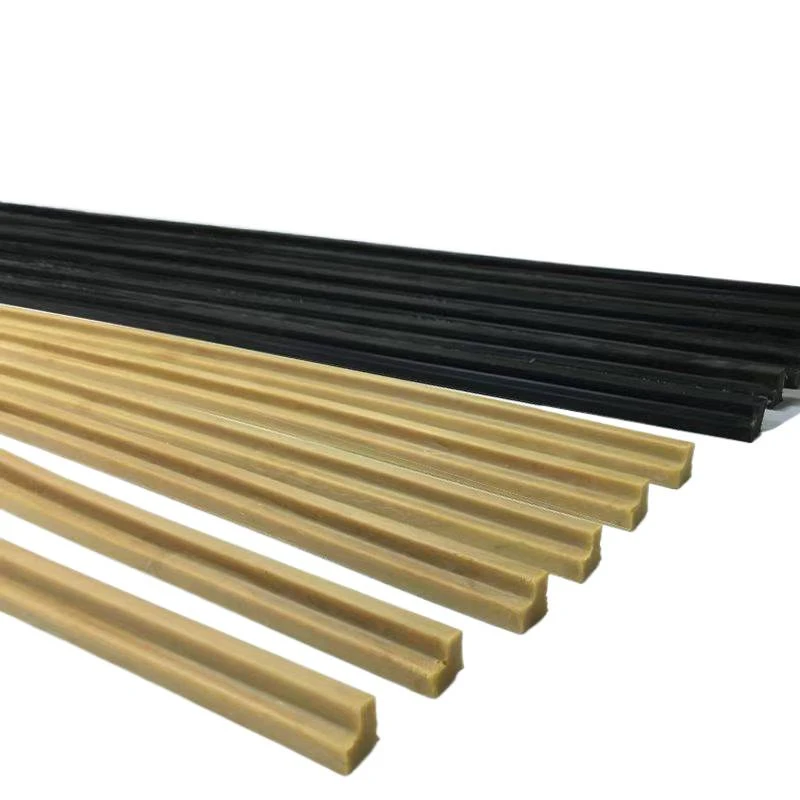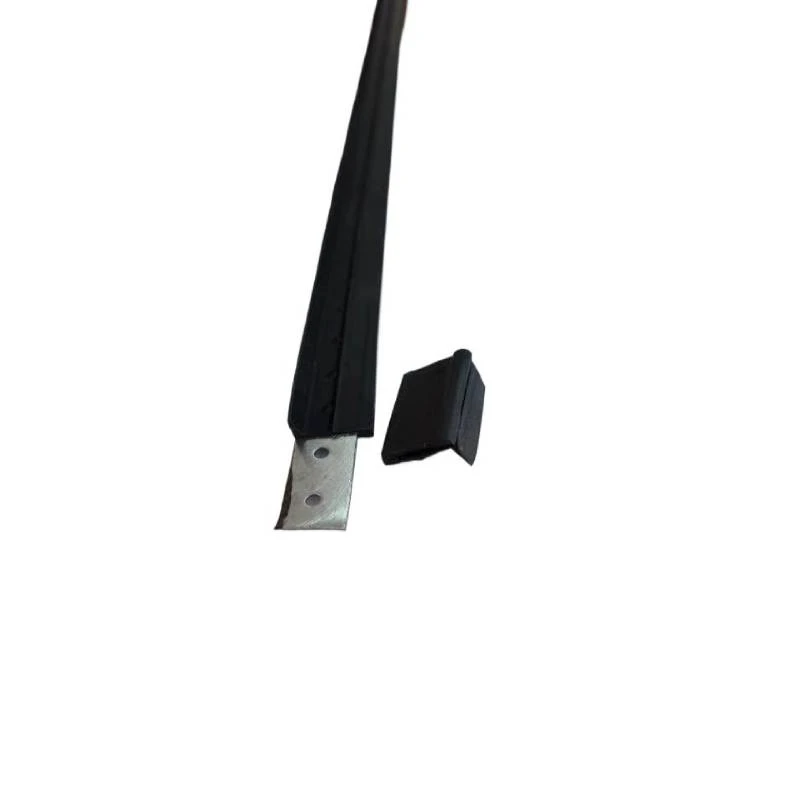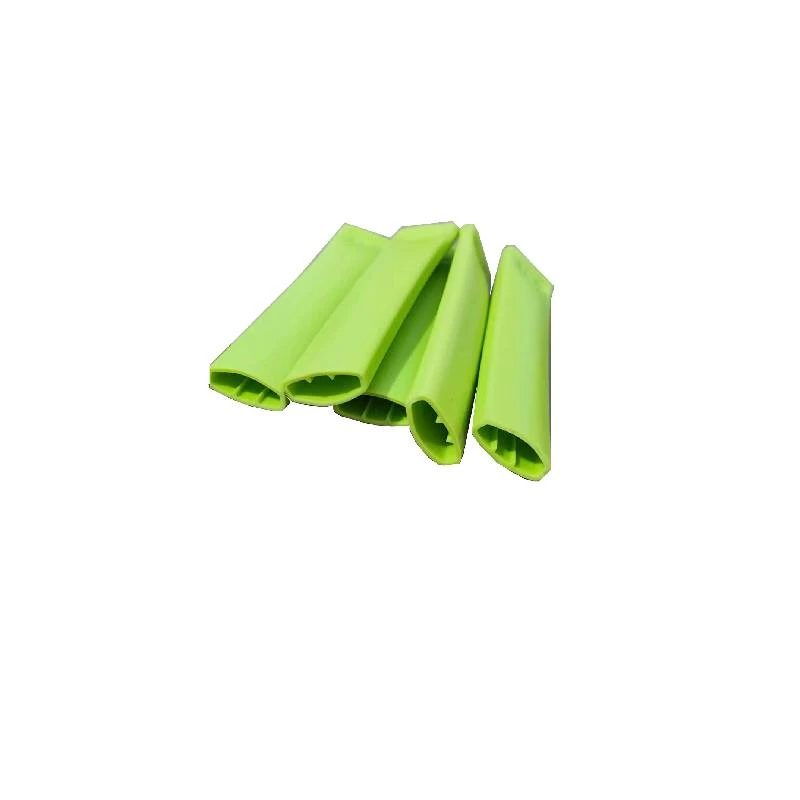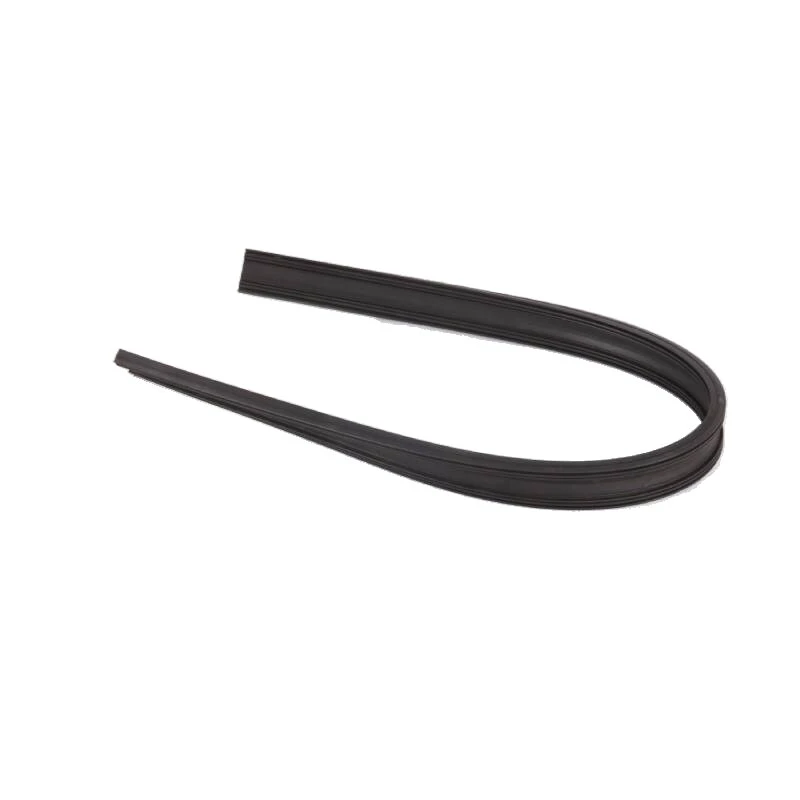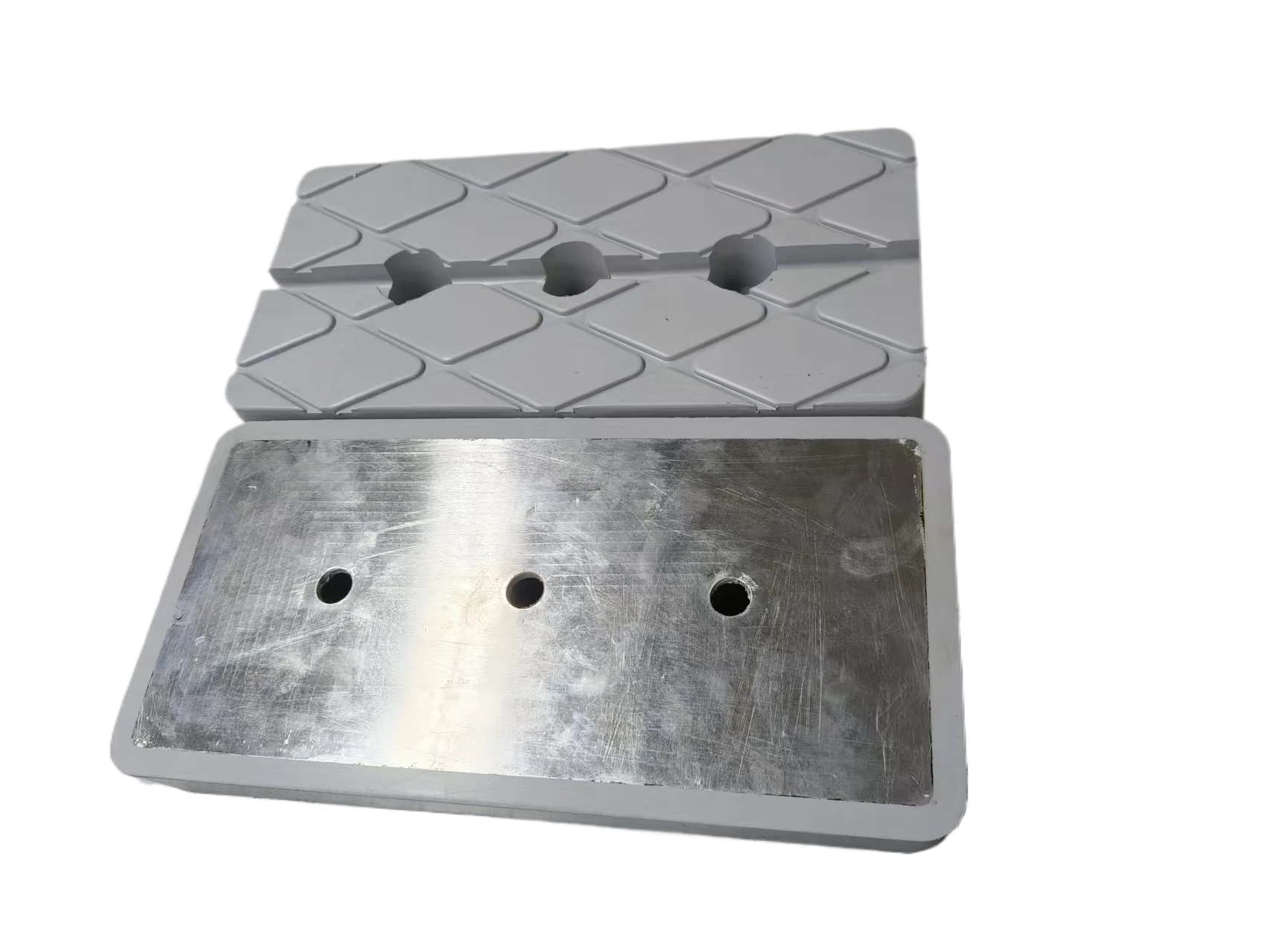Plastic Pelton Wheel – Lightweight, Cost-Effective Hydropower Solutions
Why Plastic Pelton Wheels Matter in Today’s Renewable Energy Landscape
Let’s start by asking why a plastic pelton wheel is even a thing. Wind and solar grab a lot of headlines in renewable energy, but hydropower quietly powers a significant chunk of our clean energy mix globally. The Pelton wheel — a classic impulse turbine design — has been around for over a century, mainly in metal. Now, swapping metal for plastic materials brings new opportunities that resonate deeply with sustainability goals and cost efficiency. Understanding this shift isn’t just an engineering curiosity; it could reshape energy access in rural and developing regions, affecting millions. For anyone interested in green tech that’s affordable and adaptable, it’s worth knowing how plastic Pelton wheels fit into the wider story.
The Global Context: Hydropower’s Role and the Push for Plastic Innovation
Hydropower accounts for an estimated 16% of global electricity production, with pumped storage plants playing a crucial part in grid stability (source: IHA, 2023). However, the production and maintenance of traditional Pelton wheels — often hefty metal components — present challenges. Heavy costs, supply chain emissions, and corrosion in certain environments impact both early-stage project feasibility and long-term operations.
Enter plastic pelton wheel designs. By replacing metal with high-performance polymers, manufacturers hope to lower costs, improve corrosion resistance, and speed up installation times by reducing component weight. This is essential for remote or developing areas where infrastructure and maintenance resources are scarce.
Yet, it’s not a no-brainer solution. There are engineering hurdles and questions about durability that keep the dialogue lively.
Defining the Plastic Pelton Wheel in Simple Terms
In essence, a plastic pelton wheel retains the same fundamental function as its metal counterpart — it converts the kinetic energy of fast-moving water jets into rotary motion to generate electricity. The difference? The wheel itself is made from specially engineered plastics instead of cast iron or steel.
This swap introduces lighter weight, corrosion resistance, and in some cases, modularity. For communities needing fast, scalable micro-hydropower solutions without hefty capital outlays, these plastic wheels hold obvious appeal.
Key Components of a Plastic Pelton Wheel System:
- The Runner (Wheel): Engineered thermoplastics shaped with precision bucket profiles.
- Jets: Direct high-velocity water flow onto the wheel’s buckets.
- Shaft and Bearings: Sometimes hybrid metal-plastic assemblies supporting lightweight rotation.
- Support Structure: Composite or corrosion-resistant frames housing the turbine.
Core Factors Defining the Plastic Pelton Wheel’s Practical Use
Durability in Demanding Environments
One big question folks have: can plastic really survive the punishing conditions of high-pressure water jets and abrasive debris? Advances in polymer science have introduced composites reinforced with glass fibers or other fillers that remarkably mimic metal toughness. While maybe not yet equal to steel in longevity, they often beat untreated metals suffering rust or pitting in the same conditions.
Lightweight and Transportability
Oddly enough, the biggest perk might be how easy it is to transport. A plastic wheel can weigh 60–70% less than its metal cousin. This makes a world of difference when installing units in rugged mountain villages or islands where heavy cranes and trucks are rare. It opens doors for modular kits and fast deployment, helping communities go green faster.
Cost Efficiency and Scalability
Not just upfront manufacture costs — which are lower — but also savings in infrastructure like foundations and supports. Since the wheel is lighter, concrete bases can be smaller or simplified, and shipping costs drop. This makes scaling projects from small pico-hydro systems to larger micro-hydro arrays more financially manageable.
Corrosion and Maintenance Profile
No one loves climbing into turbine pits for maintenance, and plastic wheels excel here. They don’t rust, meaning less frequent replacement or downtime. Plus, plastics often allow remediation by quick part swaps without full rotor disassembly — a boon for isolated operators.
Environmental Impact and Recycling
The plastics used are often recyclable or at least engineered from sustainable sources (bio-based polymers). It’s not perfect yet, but the lifecycle impact is actively being studied to ensure this switch is green in more ways than one.
Real-World Applications and Who Benefits Most
Surprisingly, plastic Pelton wheels have seeped into various contexts:
- Remote Mountainous Areas in South America: Small hydropower microgrids use plastic wheels to offset diesel fuel reliance in indigenous communities.
- Post-Disaster Energy Relief: Quick deployment kits featuring plastic wheels bring power faster to flooded or earthquake-prone zones where infrastructure is damaged.
- Industrial Zones in Asia: Light hydro installations on factory premises cut costs and emissions.
- Academic and Research Installations Globally: Plastic Pelton wheels allow low-cost lab-scale experimentation on hydropower efficiency.
Each use case hints at a curious balance between low cost, durability, and operational reliability — with the appeal of faster project readiness.
Mini Takeaway:
Plastic pelton wheels aren’t just a tech novelty; they’re quietly enabling energy access in regions where traditional metal turbines just couldn’t reach economically or logistically.
Advantages and Long-Term Value of Plastic Pelton Wheels
Taking a step back, why are so many engineers and project developers putting plastic Pelton wheels on their radar?
- Lower Capital and Operating Expenses: Reduced fabrication and shipping costs plus less maintenance means more bang for the buck.
- Improved Sustainability: Less mining, simpler recycling, and enhanced lifespan in corrosive conditions add up.
- Safety & Accessibility: Lighter components reduce handling hazards, and modular ease means remote communities can maintain turbines themselves — that sense of local ownership is huge.
- Innovative Potential: Plastics open the door for 3D printing complex shapes, rapid prototyping, and custom hydraulic balancing.
Product Specification Table: Typical Plastic Pelton Wheel Model
| Parameter | Specification | Notes |
|---|---|---|
| Material | Glass Fiber Reinforced Polyamide | Durable, corrosion-resistant |
| Diameter | 500–1500 mm | Suitable for micro to small hydro |
| Weight | 10–40 kg | Approx. 60% lighter than steel |
| Operating Temperature | -20 to 80 °C | Stable in diverse climates |
| Max Jet Velocity | 60 m/s | Matches common impulse turbine needs |
| Expected Service Life | 10–15 years | Dependent on conditions |
Comparing Leading Plastic Pelton Wheel Vendors
| Vendor | Material Type | Price Range (USD) | Lead Time | Customization Options |
|---|---|---|---|---|
| EcoTurbine Ltd. | Recycled Polycarbonate Blend | $1500–4000 | 4–6 weeks | Sizing & color |
| HydroPlast Solutions | Glass Fiber Reinforced PA | $1800–4200 | 3–5 weeks | Bucket profile design |
| GreenSpin Tech | Bio-based Polymer Composite | $2000–4500 | 6–8 weeks | Full design consult |
Looking Ahead: Future Trends in Plastic Pelton Wheel Technology
What’s next? The trend toward bio-sourced and fully recyclable plastics will accelerate, aligning turbine components with circular economy principles. Advanced composites integrating nano-additives promise even greater strength-to-weight ratios. Couple that with digital twin technologies and sensor integration, and operators can remotely monitor wear, tweaking performance in real time.
Policy frameworks and subsidies encouraging decentralized renewable energy solutions further grease the wheels (if you’ll pardon the pun) for plastic Pelton wheels to spread into new sectors and geographies.
Challenges Persist and Ways Forward
Despite the enthusiasm, some engineers remain cautious. Thermal expansion differences between plastics and metal shafts can cause alignment issues. Abrasion from sediment still can wear plastic, albeit slower than untreated metal.
Solutions? Hybrid designs combining metal shafts with plastic wheels or coatings that add abrasion resistance are being trialed. Modular maintenance practices and community training programs help prolong lifespan and user confidence.
FAQ: Your Common Questions About Plastic Pelton Wheels
- Q: How do plastic pelton wheels perform compared to traditional steel ones?
- A: While steel Pelton wheels generally have longer lifespans under extreme conditions, plastic wheels are lighter, resistant to corrosion, and often cheaper. For many micro-hydro projects, especially in remote areas, the tradeoff favors plastic for cost and maintainability.
- Q: Are plastic pelton wheels suitable for large scale hydropower plants?
- A: Currently, plastic Pelton wheels are mostly used in smaller micro to small hydro applications. Large-scale plants still rely on metal turbines due to power demands and stress levels, but research is ongoing.
- Q: How easy is it to transport and install a plastic pelton wheel?
- A: Significantly easier. Their substantially lower weight enables transport via light vehicles or even manual carry in some cases, speeding up installation – a huge benefit in hard-to-reach locations.
- Q: Can plastic pelton wheels withstand abrasive sediments?
- A: Many plastics are engineered with abrasion-resistant fillers. However, extremely sediment-heavy water may shorten service life, and filtration is recommended to extend durability.
- Q: What maintenance does a plastic pelton wheel require?
- A: Typically less than metal wheels because of corrosion resistance. Routine inspections for wear and shaft alignment suffice, with occasional bucket replacements when needed.
Wrapping it Up: Why Keep an Eye on Plastic Pelton Wheels?
In real terms, the plastic pelton wheel isn’t a silver bullet but a smart, evolving tool that fits clean energy’s future puzzle quite well. Affordable, lightweight, and adaptable, it broadens the horizon for hydropower in places where traditional technology felt too heavy or costly. With innovations climbing and good environmental credentials stacking, it’s increasingly a go-to option for off-grid power and sustainable development projects worldwide.
If you want to explore the latest advancements and product offerings, I recommend checking out our website — it’s a solid starting point to get a feel for what’s possible with modern plastic Pelton wheels.
Mini final thought:
The industry still has some kinks to work out, but for anyone hungry to democratize green energy, these plastic workhorses hold promise worth watching.
References
- International Hydropower Association (IHA), World Hydropower Report 2023. https://www.hydropower.org/
- ISO 9906:2012 Hydraulic turbines, turbine runners and pump-turbines – Model acceptance tests
- Wikipedia contributors, "Pelton wheel," Wikipedia, The Free Encyclopedia. https://en.wikipedia.org/wiki/Pelton_wheel
-
Durable and Cost-Effective Plastic Sheave Wheels for Modern IndustryNewsNov.24,2025
-
Plastic Spoke Wheel – Lightweight, Durable Wheels for Global Mobility SolutionsNewsNov.24,2025
-
Plastic Stem Casters: Durable, Cost-Effective Mobility Solutions for Every IndustryNewsNov.24,2025
-
Plastic Wheel Roller: Durable, Lightweight Solutions for Modern IndustryNewsNov.24,2025
-
Plastic Wheelchair Wheels: Durable, Affordable Mobility Solutions WorldwideNewsNov.24,2025
-
Small Plastic Casters – Durable, Lightweight Wheels for Global MobilityNewsNov.24,2025
-
Irregular Seals | Custom Precision, Fast Prototypes, Low MOQNewsNov.17,2025




